Originally Posted, 14 October 2024 – Active ETFs: a real innovation or a marketing fad? (Part one)
Key Takeaways
- Active ETFs are getting a lot of press because, in many investors’ minds, ETFs mean passive investment. But this has not been the case for at least two decades.
- For the last 20 years, ETFs have offered investors a large variety of strategies to invest in ways that differ from the market: to outperform, to be more robust in uncertain times, to be more defensive, to have more income, to have more growth…whereas Active ETFs are not bringing anything new to the table.
- The main difference between Active ETFs and all other ETFs is that they allow traditional fund houses to wrap their stock-picking strategies that have been bleeding assets for decades in a “cool” wrapper. But investment-wise, this is no innovation.
- Related Products WisdomTree US Quality Dividend Growth UCITS ETF – USD Acc, WisdomTree Global Quality Dividend Growth UCITS ETF – USD Acc, WisdomTree US Quality Growth UCITS ETF – USD Acc
Active exchange-traded funds (ETFs) are on everyone’s lips these days. Every second article discusses the incredible growth of this ‘new idea’ of active ETFs and how they impact the ETF landscape and its future. But are active ETFs useful innovations that add to investors’ toolboxes, or are they just another marketing fad?
Why are active ETFs getting so much press?
To get to the root of that marketing success, we must return to what ETFs are. Without turning this article into a history lesson, it is important to remind ourselves that in the early 90s, ETFs bundled together two significant but unrelated innovations that drove their early success:
- They are a more efficient and transparent wrapper, superior in most ways to mutual funds.
ETFs tend to be more tax efficient (this is the case in many jurisdictions, particularly in the US), provide intraday liquidity (instead of once a day at the end of the day), are cheaper and are more transparent (it is possible to see the constituents daily instead of monthly or quarterly). - They made a new way to invest accessible – passive investing.
Historically, the only way for investors to invest in a diversified portfolio of stocks, short of selecting stocks themselves, was active, stock-picking mutual funds. By the early 90s, many investors were tired of paying high fees and underperforming the market because of the inability of most active funds to consistently create alpha higher than their fees. Being able to buy the market at a fraction of the cost of an active mutual fund was extremely attractive.
The fact that ETFs delivered both innovations simultaneously led to immediate confusion in investors’ minds between ETFs and passive investing. Thirty years later, this confusion persists. In that context, active ETFs feel like something that should not exist: the association of two opposites. They, therefore, sounded edgy and new, and the press latched on to what appeared to be an interesting new concept.
However, as discussed above, an ETF is just an investment vehicle/wrapper, a very efficient wrapper with many advantages, but a wrapper, nonetheless. Its underlying strategy can be a market benchmark, a systematic, fundamentally based approach, a smart beta approach, an actively managed process, or a combination of these options. Investors have been able to invest in ‘non-passive’ ETFs that can outperform the market and track quantitative or fundamental-based strategies since the early 2000s. With that proper context, Active ETFs already sound less new and innovative.
What is not new about active ETFs?
At last count, there were around 2,500 non-active Europe-domiciled ETFs1.These ETFs give investors access to a wide range of asset classes, geographies, sectors, themes, and strategies. Almost any well-constructed investment process can be summarised as an index and delivered to investors through an ETF, and asset managers have been doing just that for the last 20 years.
WisdomTree, for example, was founded in 2006 with a passion for creating better ways to index, innovate and invest for our clients. We pioneered fundamentally based ETFs, starting with dividend-weighted ETFs and then moving on to more and more value-add strategies, always wrapped in ETFs. For the last almost 20 years, WisdomTree ETFs have offered investors a large variety of strategies to invest in ways that differ from the market: to outperform, to be more robust in uncertain times, to be more defensive, to have more income, to have more growth…
For many, Active ETFs seem like the only way to invest in an ETF with the potential to outperform the market. This is, of course, not the case; investors have hundreds of ETFs to choose from that are constructed in a systematic way that can lead to outperformance.
So, what is new about active ETFs?
Looking at the legal definition of active ETFs in Europe, they can differ from all other ETFs on two main points:
- Less Transparency. Active ETFs are allowed not to share their constituents daily and to hide those constituents from investors2. In many ways rolling back one of the main innovations of the ETF wrapper.
- No Index. Active ETFs are allowed not to track an index. However, thousands and thousands of indices are now available, from market cap-weighted indices to the most advanced systematic quantitative strategies. Even very complex strategies can be explained in an index. The only strategies that cannot be described in an index are active stock-picking strategies, where a Portfolio Manager decides, daily, what goes in the portfolio.
Conclusion: What do investors get?
Once all is said and done, active ETFs could have some small legal efficiency advantages as a wrapper with slightly different rules than classic ETFs. However, investment-wise, they seem to be mainly a way for well-established, stock-picking asset managers to deliver strategies that have been bleeding assets for decades into the ‘cool’ wrapper. After all, it is no wonder that many active houses are trying to capture some of that ETF magic. The pressure from legacy asset managers on the AMF to relax transparency rules on ETFs is clear proof. But stock-picking strategies in an ETF wrapper are just old wine in a new skin. From an investor’s point of view, though, there is nothing new.
1 Source: Just ETF. September 2024.
2 https://www.amf-france.org/en/news-publications/news/active-etfs-amf-publishes-recommendation-transparency-portfolios
Disclosure: WisdomTree Europe
This material is prepared by WisdomTree and its affiliates and is not intended to be relied upon as a forecast, research or investment advice, and is not a recommendation, offer or solicitation to buy or sell any securities or to adopt any investment strategy. The opinions expressed are as of the date of production and may change as subsequent conditions vary. The information and opinions contained in this material are derived from proprietary and non-proprietary sources. As such, no warranty of accuracy or reliability is given and no responsibility arising in any other way for errors and omissions (including responsibility to any person by reason of negligence) is accepted by WisdomTree, nor any affiliate, nor any of their officers, employees or agents. Reliance upon information in this material is at the sole discretion of the reader. Past performance is not a reliable indicator of future performance.
Please click here for our full disclaimer.
Jurisdictions in the European Economic Area (“EEA”): This content has been provided by WisdomTree Ireland Limited, which is authorised and regulated by the Central Bank of Ireland.
Jurisdictions outside of the EEA: This content has been provided by WisdomTree UK Limited, which is authorised and regulated by the United Kingdom Financial Conduct Authority.
Disclosure: Interactive Brokers Third Party
Information posted on IBKR Campus that is provided by third-parties does NOT constitute a recommendation that you should contract for the services of that third party. Third-party participants who contribute to IBKR Campus are independent of Interactive Brokers and Interactive Brokers does not make any representations or warranties concerning the services offered, their past or future performance, or the accuracy of the information provided by the third party. Past performance is no guarantee of future results.
This material is from WisdomTree Europe and is being posted with its permission. The views expressed in this material are solely those of the author and/or WisdomTree Europe and Interactive Brokers is not endorsing or recommending any investment or trading discussed in the material. This material is not and should not be construed as an offer to buy or sell any security. It should not be construed as research or investment advice or a recommendation to buy, sell or hold any security or commodity. This material does not and is not intended to take into account the particular financial conditions, investment objectives or requirements of individual customers. Before acting on this material, you should consider whether it is suitable for your particular circumstances and, as necessary, seek professional advice.
Disclosure: ETFs
Any discussion or mention of an ETF is not to be construed as recommendation, promotion or solicitation. All investors should review and consider associated investment risks, charges and expenses of the investment company or fund prior to investing. Before acting on this material, you should consider whether it is suitable for your particular circumstances and, as necessary, seek professional advice.
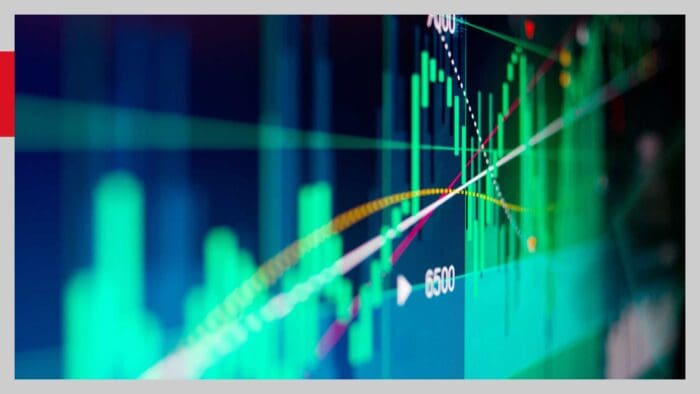
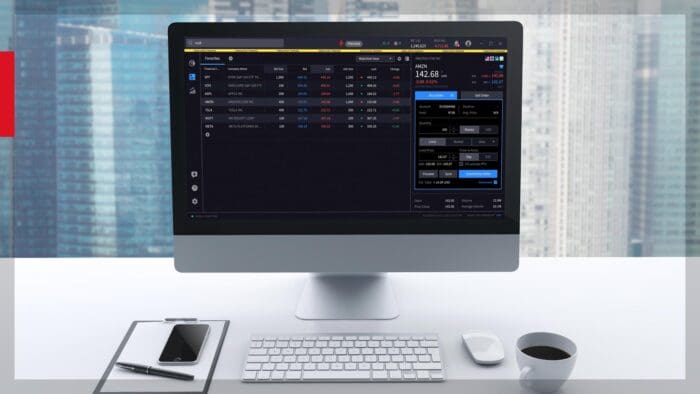


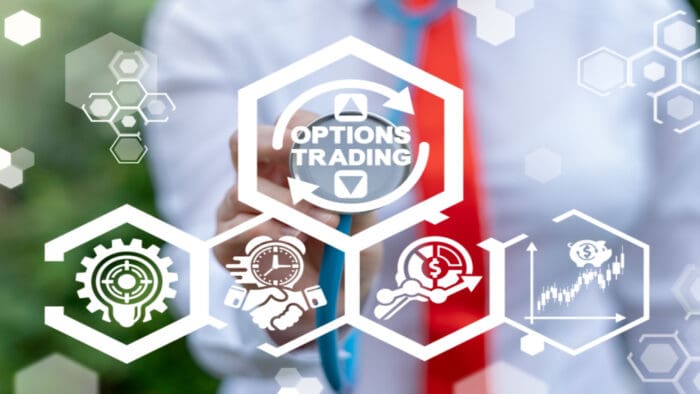
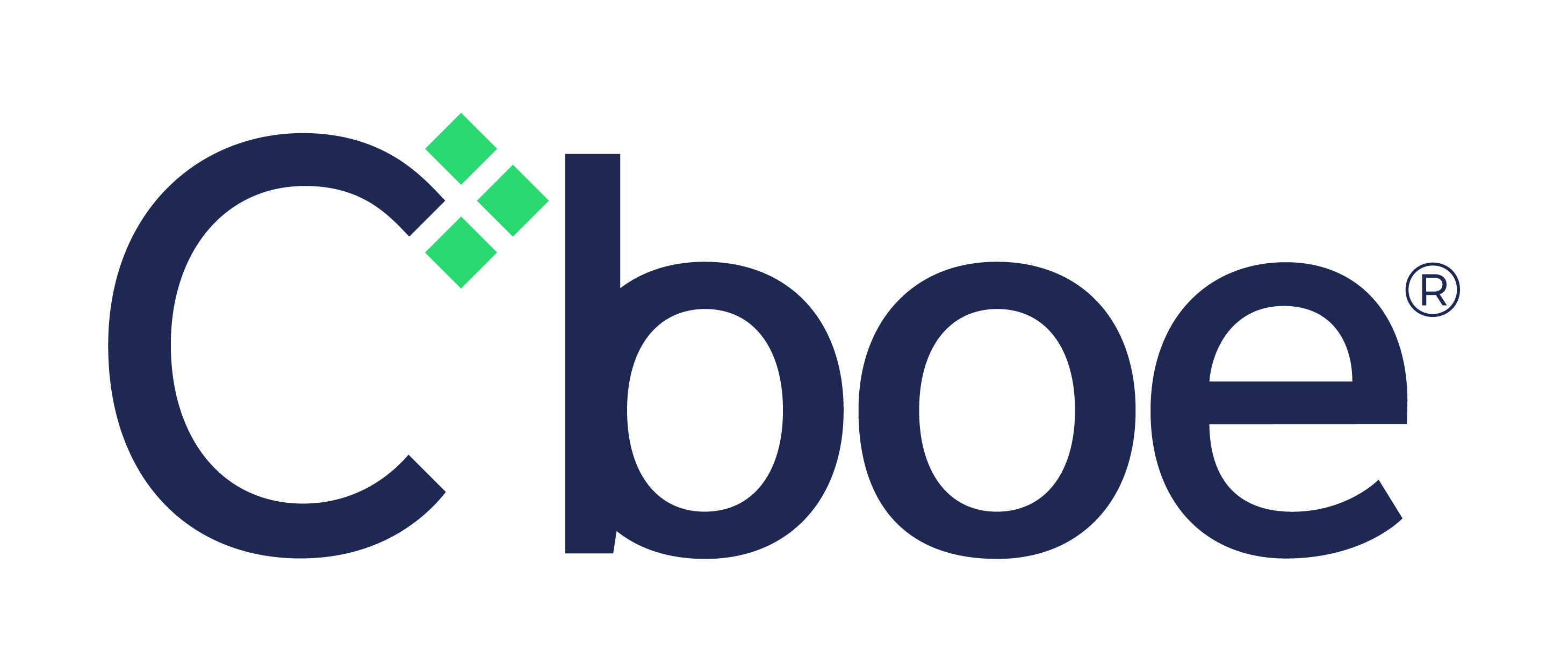
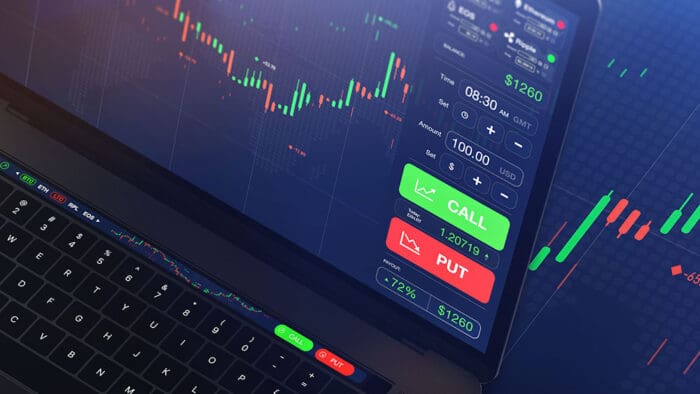
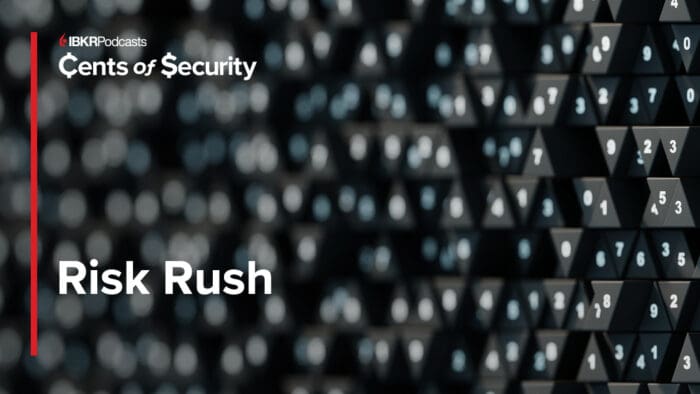
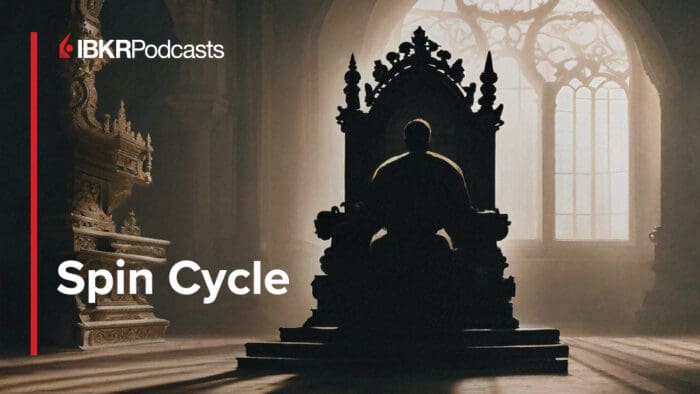
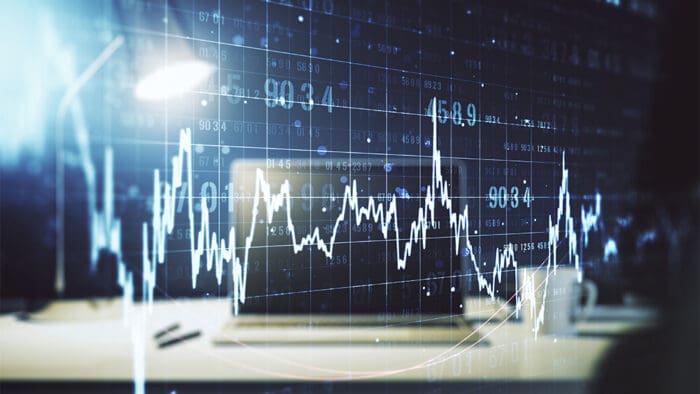






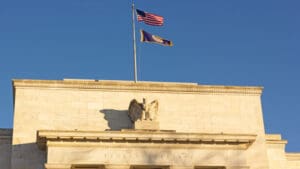
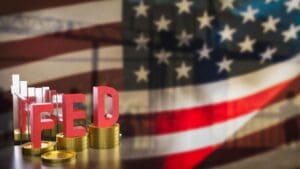
Join The Conversation
If you have a general question, it may already be covered in our FAQs page. go to: IBKR Ireland FAQs or IBKR U.K. FAQs. If you have an account-specific question or concern, please reach out to Client Services: IBKR Ireland or IBKR U.K..
Visit IBKR U.K. Open an IBKR U.K. Account